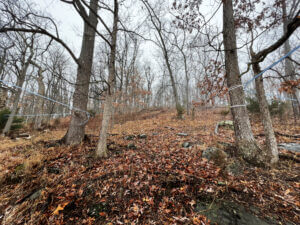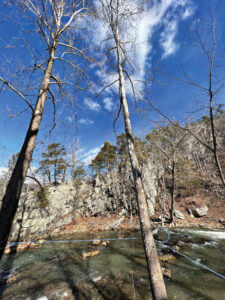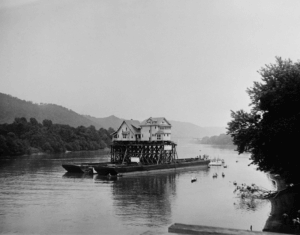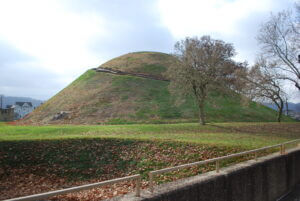
Piecing together West Virginia’s quilting heritage.
This story was originally published in the December 2023 issue of Wonderful West Virginia. To subscribe, visit wonderfulwv.com.
Written by Stan Bumgardner
Photography Nikki Bowman Mills
I absolutely love the late fall in West Virginia, with its lovely hues of red and yellow interspersed with assorted patterns of evergreen, all set against a sky-blue backdrop. It’s easy to imagine West Virginia’s rolling hills tucking themselves under a giant multicolored patchwork quilt, preparing for a long winter’s nap.
Quilts are an ideal symbol for West Virginians. They are survivors, filled with stories of love and heartache, known and unknown. Simple yet intricate, no two are alike.
Quilts have existed for millennia around the world, but to me, they are West Virginia in so many ways. They bring back a rush of memories—searching through Grandma’s trunk for precious family heirlooms or visiting art and craft fairs as a child. These unusually durable artifacts have been made by people of every economic status, culture, and religion. And they’re all original. Even when quilters work from patterns, they add their own personal touches, sprinkling in a pinch of this or that, like an old family recipe.
What is a quilt? We frequently associate it with any blanket, but the word “quilt” is specific to how they’re made. It must have two or more layers filled with batting. The stitched look of a quilt has a very practical purpose: holding the layers together and the batting in place. The top can be whole cloth or a patchwork of variously colored and shaped fabrics.
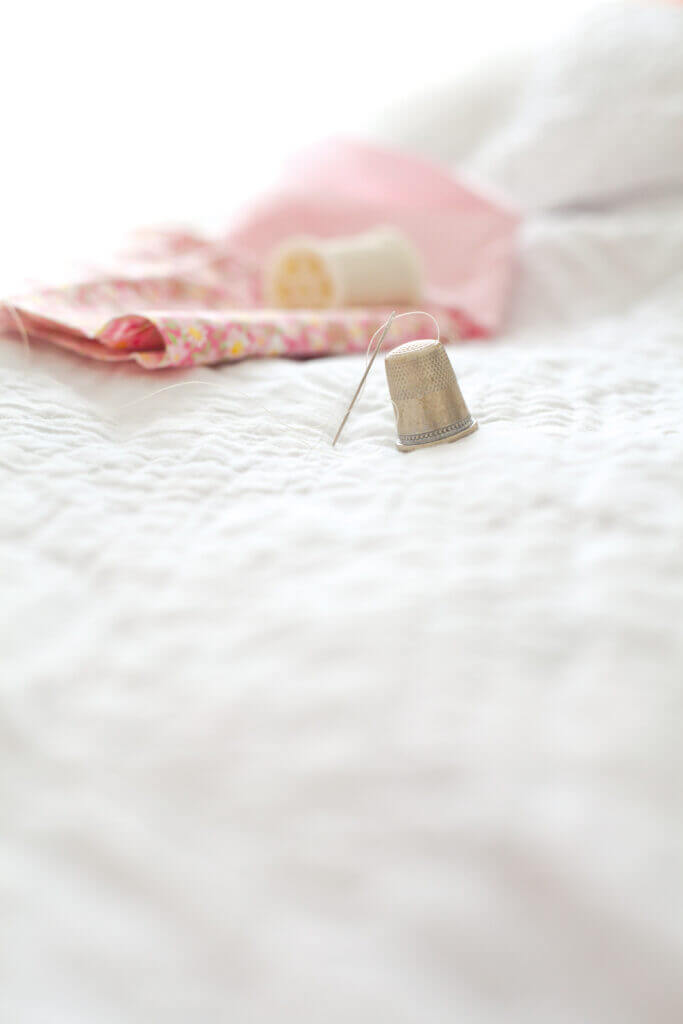
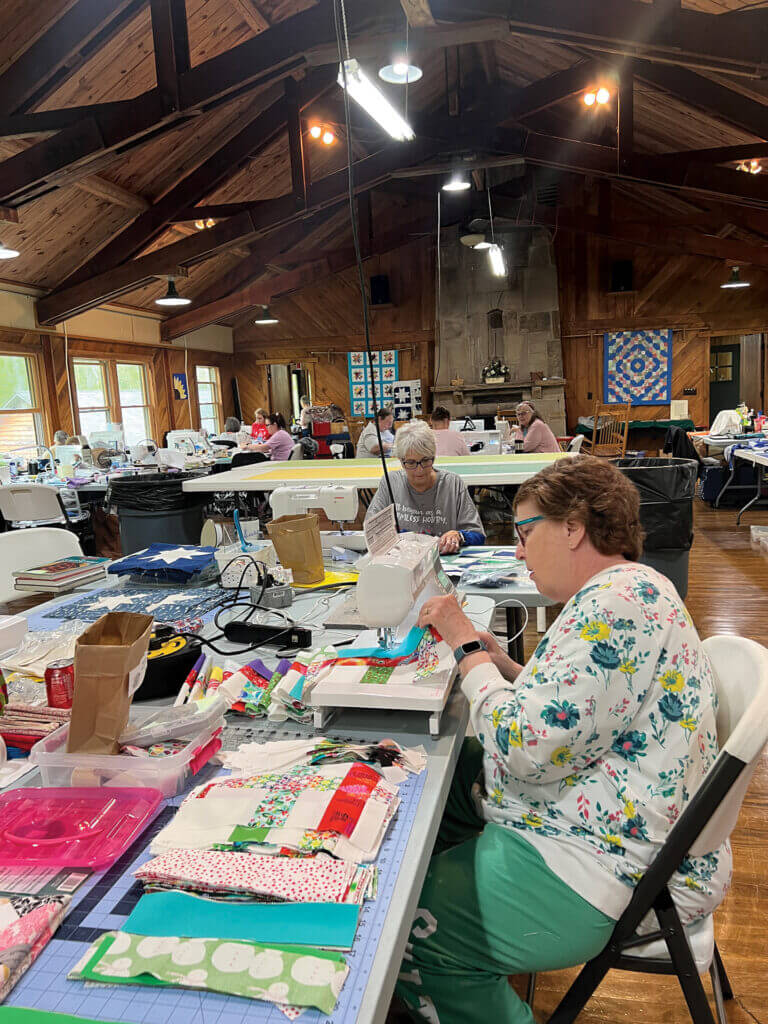
Some quilters sew on items, known as appliqués, which can run the gamut of materials, patterns, and themes from solemn to whimsical. There also are reverse appliqués and many other variations.
Different patterns have their own names. In Appalachia, some of the most popular are Jacob’s ladder, log cabin, and star of Bethlehem—the names vary in different cultures. Then there’s what’s known as a crazy quilt, a ragtag-looking assemblage from the Island of Misfit Textiles. These not-so-random kaleidoscopes of fabrics, colors, and patterns have been popular since the late 1800s.
One of the most intriguing aspects is how long quilts last. In general, textiles fade, tear, and get thrown away or folded into something new. One exception is fancy textiles, such as wedding dresses, which typically get used once and boxed up for eternity. To the contrary, most quilts were made to be used over and over and in wide-ranging climates. Their endurance is a lasting tribute to the extraordinary skill, knowledge, and effort of the quilters, traditionally women, who began passing along their expertise as soon as their daughters could hold a needle and thread.
In addition to their durability, quilts convey a distinctive beauty that defies words. In reality, quilts don’t need to be pretty; they just need to keep you warm. But beautiful they are. In what some might consider just another chore, many farm women found the opportunity to unwind after long days of raising children, cooking meals, cleaning the house, doing laundry, tending the garden, and generally working their knuckles raw from dawn to dusk. The intelligence, dedication, and creativity of farm women never ceases to amaze. Just as they didn’t need to make beans and potatoes taste so good to sustain their families, they didn’t need to make works of art to keep their children warm. But they did, driven to do their utter best at everything and make a hardscrabble existence just a little more pleasant.
Quilting Over the Centuries
Before the Civil War, rural women typically couldn’t go out and purchase multicolored fabrics. They had to grow flax, separate out the fiber by hand, and spin that fiber into thread on a flax wheel. For different colors, they made dyes from various vegetables, flowers, nuts, and wild herbs. Carrots and onions for orange. Acorns for brown. Wild raspberries for red or pink. Like a painter, they remixed their dyes over and over until they got the precise color they wanted. Perhaps perfectionism is a waning trait because it requires so much patience. Later, as textile mills sprung up in the late 1800s, women had access to a wide range of pre-cut, pre-colored fabrics.
As people moved closer together in the late 1800s and early 1900s, another tradition developed. Women would gather to make quilts together. Quilting bees were important social outlets. They offered women a chance to catch up on the latest and share quality time with friends and neighbors. These get-togethers frequently ended in big home-cooked feasts. Sometimes, they brought communities together after tragedies. In the early 1900s, women in Monongah made a quilt following a church fire, shortly after the nation’s worst coal mining disaster had devastated the community. Another healing quilt was made by a group of Buffalo Creek Flood survivors; each block portrays one of the 16 towns virtually wiped off the map on February 26, 1972. Both healing quilts are on display in the West Virginia State Museum.
By the mid-20th century, quilting was becoming a lost art, practiced primarily by older generations. The hustle and bustle of 9-to-5 jobs, more hobbies than any one person needs, radio, then television, then computers, and everything else about modern life made old-time activities like quilting seem obsolete. Why spend months making a quilt when you could buy a comforter at the drop of a hat?
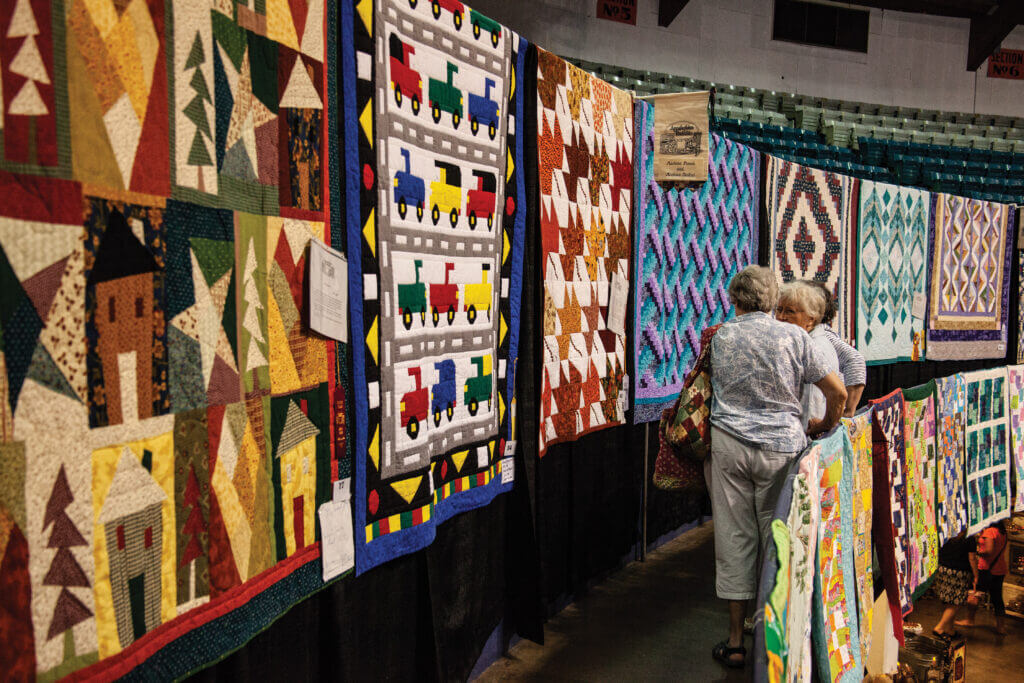
But, about the time of our state’s centennial in 1963, some visionaries here in West Virginia recognized quilting’s importance to our heritage. Staff at the state Department of Commerce, including Don Page and Jane Cox—later Jane George—began promoting artists who still made traditional handcrafts, from quilts, to baskets, to wood carvings. They helped launch the first Mountain State Art & Craft Fair at Cedar Lakes in 1963 and set up booths where crafters in their 80s could demonstrate their skills and sell their wares. The popularity of that event spawned annual fairs and festivals across the state that still celebrate our state’s artistic and cultural heritage.
The folk art revival led to a cottage textile industry. Cooperatives such as Mountain Artisans enabled talented seamstresses to adapt that distinctive patchwork quilt style for the ’70s generation. Cabin Creek Quilts, founded in eastern Kanawha County in 1970, brought together the wives and widows of coal miners to make quilts that ended up in the White House and in Manhattan art shops. Women from across the state came together to make West Virginia’s bicentennial quilt in 1976.
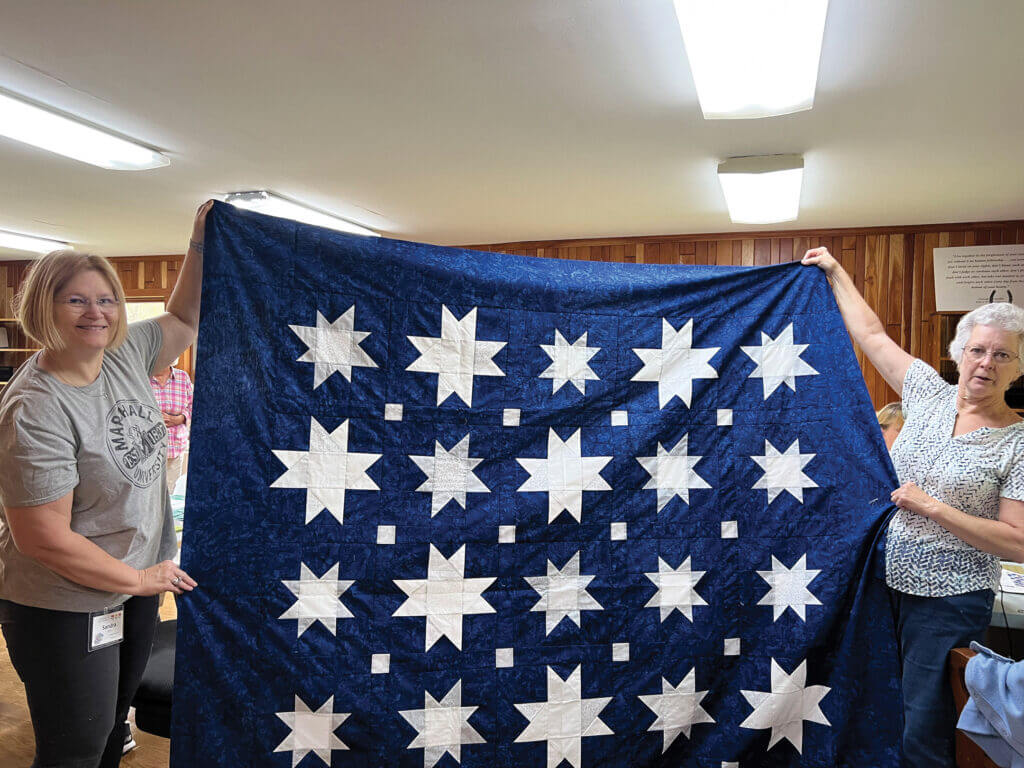
In 1978, as the second release in its Folk Art series, the U.S. Postal Service issued a block of four 13-cent stamps honoring quilts. While West Virginia’s name wasn’t on the stamps—and the design was based on an 1870s basket-style quilt from New York City—the official first-day cover was postmarked in Charleston on March 8, and it was unveiled at a big public event at the Culture Center on the State Capitol Complex. To this day, many still refer to it as “the West Virginia quilt stamp.”
A Revival of the Craft
While many old-time traditions have vanished, quilting seems more popular than ever. The state Department of Arts, Culture & History hosts an annual juried exhibition of quilts and wall hangings. The state’s finest quilters compete across several categories. Each summer, winning selections are displayed from nearly floor to ceiling in the Culture Center’s Great Hall; the 40-foot-high marble walls are perfect backdrops for one of the most spectacular quilt shows anywhere.
Quilters will tell you, though, that the most important reason to quilt isn’t necessarily for the artistry; it’s the sense of serenity it brings—the same as it did for farm women a century and more ago. Most quilters don’t aspire to be award-winning artists. They simply want to be creative and craft something personal—perhaps a family keepsake for their infant sons, daughters, or grandbabies to snuggle up with.
Quilters, primarily still women, continue to gather, share their knowledge, and constantly learn. Gabby’s Sewing and More in Big Chimney holds classes for quilters of all skill levels. Tucker County’s Camp Horseshoe offers three-, four-, and five-day retreats. Look for opportunities in your area. If they don’t exist, call some friends and start your own local quilting bee.
As Colleen Anderson’s poem suggests, quilts embody something we can all strive for: looking for moments to make beauty out of something someone else would throw away.
They call it patchwork. Making pieces
— from “Mamaw’s Quilt,” by Colleen Anderson
into something whole. Making small things
into something larger. Making friendships.
Making beauty out of something
someone else would throw away.
Making good. Making do. Making new.

